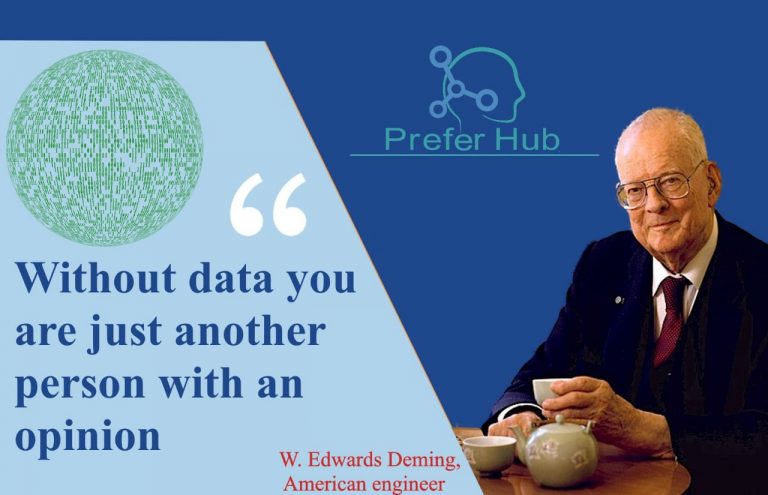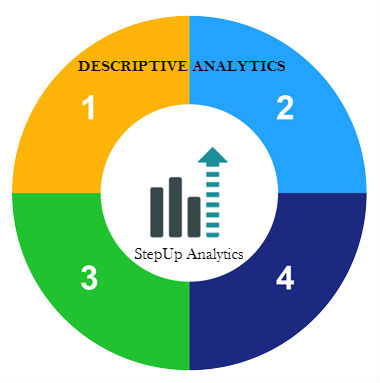Definition
Prescriptive Analytics is the data analytics area which focuses on finding the best course of action in a scenario given the data available. Specifically,
prescriptive analytics factors information about possible situations or scenarios,available resources, past performance, and current performance, and suggests a course of action or strategy. Its aim is to find the best solution given a variety of choices. Analytics, which use optimization and simulation algorithms to advise on possible outcomes and answer: “What should we do?”
What performs prescriptive analytics?
Prescriptive analytics relies on optimization and rule – based techniques
for decision making. Optimizing strategies such as linear programming, integer programming, and nonlinear programming play an important role in prescriptive analytics, as they allow for optimized decision making. These techniques are applied to a model that represents the decisions to be made, the decision constraints and an objective to compare the decisions.
Throughout prescriptive analytics, rules-based strategies like inference
engines, scorecards, and decision trees are used to make a decision such as
deciding to shut down repair equipment when sensor readings reach thresholds, or approving a financial transaction when its score is large enough.
Example
Prescriptive analytics could be used to assess whether residents should be
required by a local fire department to evacuate a particular area when a wildfire is burning nearby.
Uses
- Making real-time data-driven business
- Solve issues that may be impeding growth
- Creating a highly customized user experience
- Expense reduction
Key Points
- Prescriptive analytics deals through predictive analytics, utilizing data to determine short-term performance.
- Using prescriptive analytics effectively can help organizations make
decisions based on facts and probability-weighted projections, rather than jumping to instinct-based, under-informed conclusions. - Prescriptive analytics utilizes machine learning to help companies determine a course of action based on the forecasts of a computer program.
Pros
- It can tell the organization how to overcome future challenges.
- It also helps to avoid any untoward incident in the future in terms of non achievement of targets, shortages of resources, or reduction in cash flows.
- Optimization and machine learning techniques used in each and every manufacturing value chain components so that organizations can avoid any type of failure in future.
Cons
- It is only effective in if organizations know what questions to ask and how to react to the answers.
- If the input assumptions are invalid, the output results will not be accurate.



